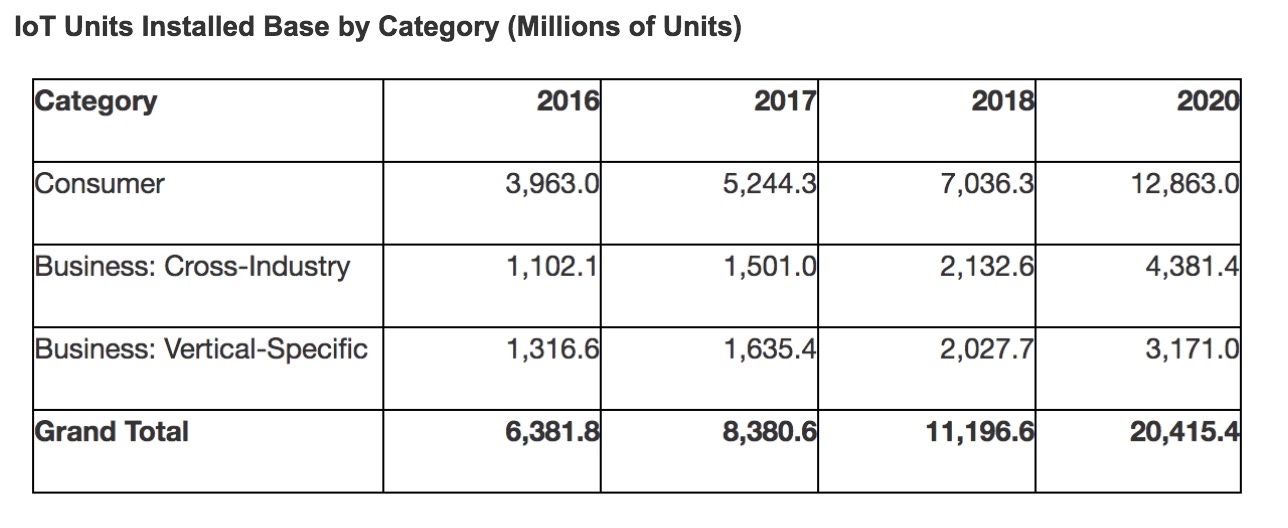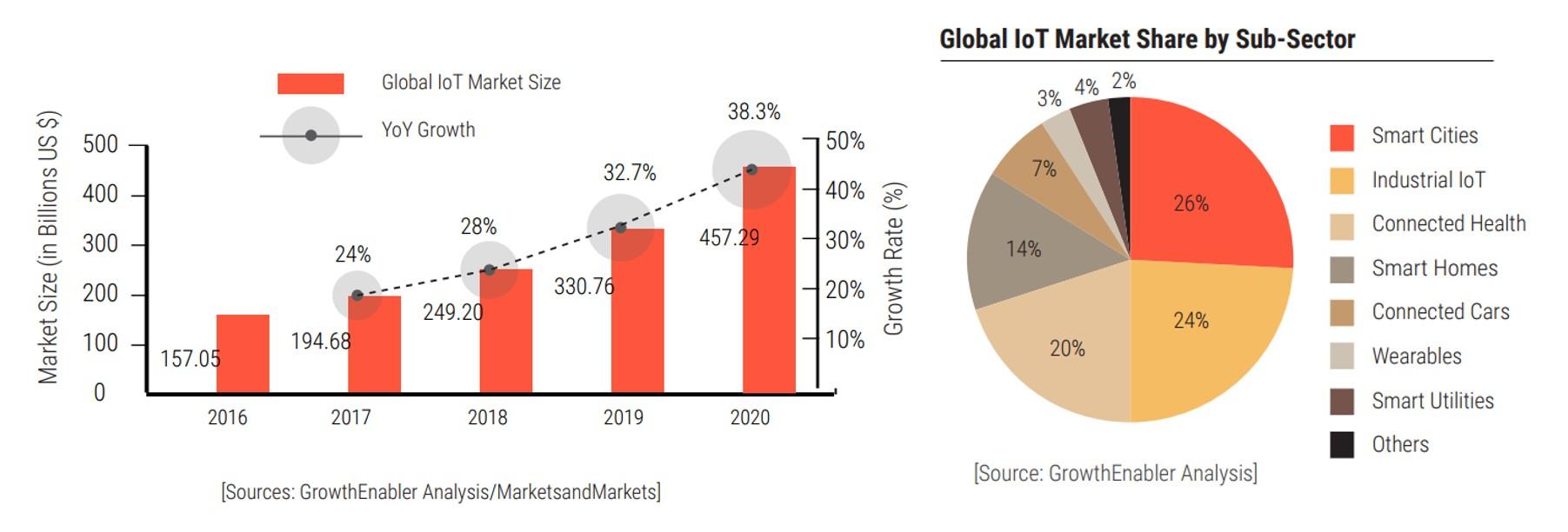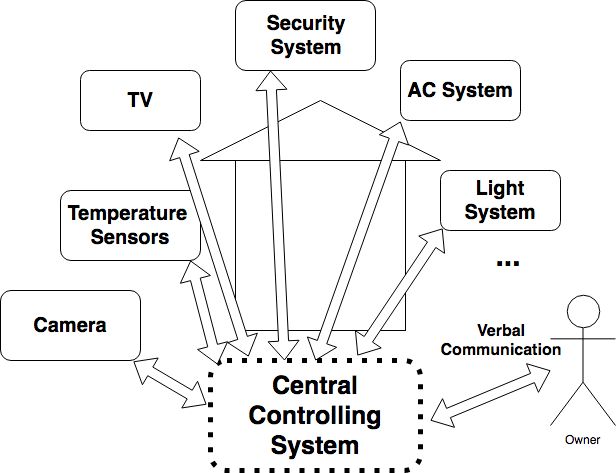IoT plus Machine Learning-Where is the Future


Trend
With millions of IoT(Internet of Things) devices are connected to the internet, there are tons of data stream flowing around us everyday. But every piece of data is never useless, with appropriate analysis and computation, the data is able to help the computer get more and accurate information about surrounding situations and people its dealing with, just like how the organ systems on a human body work together in order to let this person feel, see, hear and process every piece of information. As machine learning, more specifically deep learning technology has been boosted so much due to a lot of great research done in the past a few years, it is time to apply this technology into some real battlefields, and of course, IoT, with its ability to transmit huge amount of data which is like the gas of Deep Learning, would be a fantastic application for computer to interact with the reality in real time and do a better job on helping people’s lives.

Source: Gartner

Advancements in artificial intelligence in recent years are enabling developers to uncover hidden relationship between data, thereby significantly facilitating data analytics processes using minimal data input and resolving big data performance issues. – Swapnadeep Nayak, Frost & Sullivan.
The paper Deep Learning for IoT Big Data and Streaming Analytics: A Survey proposes six big characteristics of IoT data: Volume, Velocity, Variety, Veracity, Variability and Value that prove IoT is and will keep being the strongest source of big data, also its ability to generate big data as byproduct through IoT interplay. The challenges associated are making the data expandable across datasets and integrating the algorithm on IoT data.
As to the data analytic part, many algorithms have been applied to analyze collected data from all different sensors. Machine learning, as a subset of Artificial Intelligence, learns features or representations of objects based on data and make some predictions about it. How can the capability of Machine Learning? A good example is that Google uses DeepMind AI to lower the energy cost in their data center in 2016.
For different areas, the fusion of IoT and Machine learning are potentially going to achieve a great job.
Smart Home
This is probably the first term that comes to our minds considering IoT, right now there are many products available out there that is meant to make our homes smarter. However, right now the biggest measurement for how smart the device is is not about how sensitive the sensors are or how much data the device can collect, instead, it is all about how well the device can understand people’s intention and environment, that is why Machine learning is needed to collaborate with the IoT technology. In a Smart Home application, Machine Learning should be able to not only keep monitoring environmental changes, but also try to catch people’s lifestyles and help with it. Google’s Nest Learning Thermostat is a pretty good application that can adjust room temperature based on user’s experience. The concept of IoT in smart home is not about how amazing it’s going to achieve, it should something that people can easily adapt without even realizing it.

But, the pattern of Smart Home is not limited in just individual devices which are smarter on doing their jobs. A really Smart Home means that the robot can directly communicate with the owner just like a person. Think about a small company, there must be a manager who controls the workflows and give jobs to other employees, similarly, there better be a manager in form of a program who is able to directly communicate with the owner and control other components of the house, this program communicates vocally through microphones and speakers distributed in the house. The relationship among all the components of the house is the picture above. To implement it, the key is Voice Recognition, or more specifically, the listening and speaking ability of the machine. This comes to Natural Language Processing, which is also a hot area in Machine Learning, with this being said, it’s not hard to see that Machine Learning is able to directly determine the future of IoT.
Medicine & Healthcare
The most straight way to apply machine learning on health care is through the data about human bodies from those wearable devices. Some IoT devices with Machine Learning methods have been applied to detect physiological and psychological states of a person. Through the training, the machine learning model keep track on the conditions of a patient and do corresponding judgement through the data from sensors on the body. Also, with the ability to recognize some emergent or dangerous situations such as drowning or kidnapping, the device could significantly increase the safety of people. In the reading Objective Self, a word “Objective Self” has been used to refer to “a scientific framework to help understand an individual based on continuously collected data”, this kind of data which is related to a person is also called “personicle”. With a strong system that analyzes the personicle, there would be a lot of potential in medical diagnosis, health monitoring, medical rehabilitation even mental health diagnosis etc.

Manufacturing
Through the data collected from sensors on machines, Machine Learning algorithm can be applied to predict the performance of machines, knowing when machines will encounter problems, the manufactures would save a lot of money and time from that.
Callenges
Surely quite a few obstacles are in front of the real arrival of IoT + ML, although IoT could potentially be the biggest source of data, the first problem is how to make the data more adaptable to ML models. As we know the bloom of Computer Vision or NLP is necessarily based on such a huge amount of datasets that have been processed in a specific structure, the data from IoT is in all kinds of form, to really minimize this problem, a fast data process system needs to be built.
The second concern is the security which is very common in all areas, when more sensors are watching people's lives and more data flows through the IoT network, there would be security issues that are definitely important for the existence of those IoT devices. As mentioned in the paper "Deep Learning for IoT Big Data and Streaming Analytics: A Survey", deep learning models are also subject to some malicious attacks such as data injection.
While current DL technology has been boosted so fast, there is still a pretty big gap between the training and real- world practice. It is true that ML is just based on guessing, the difference is that how much data is based on to get the guess, what we can do is just maximize the accuracy as much as possible. So far, due to the disorder of IoT data, there is still a lot of space for ML methods to be improved.
References:
1. Deep Learning for IoT Big Data and Streaming Analytics: A Survey
2. Objective Self
3. AI on the Edge: Fusing Artificial Intelligence and IoT Will Catalyze New Digital Value Creation
